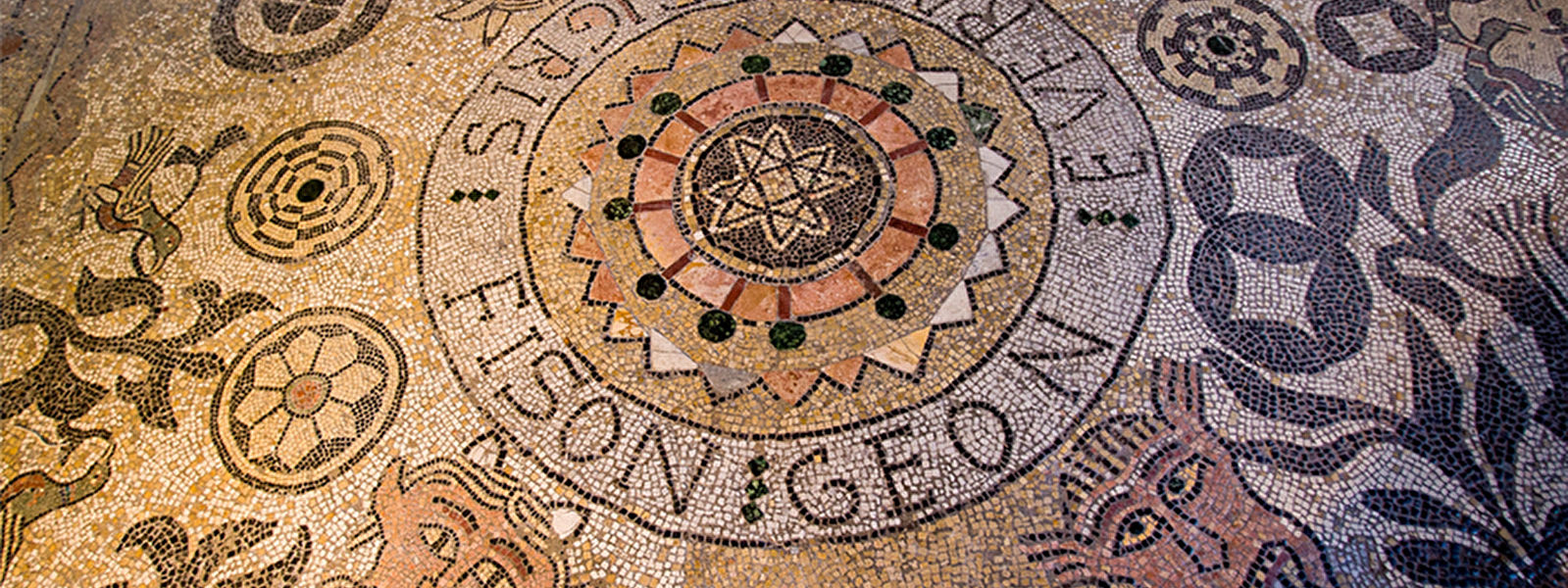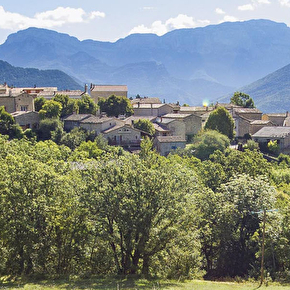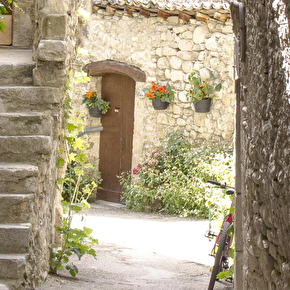La Tune de la Varaime
One of the most interesting collections of rock art in the Alps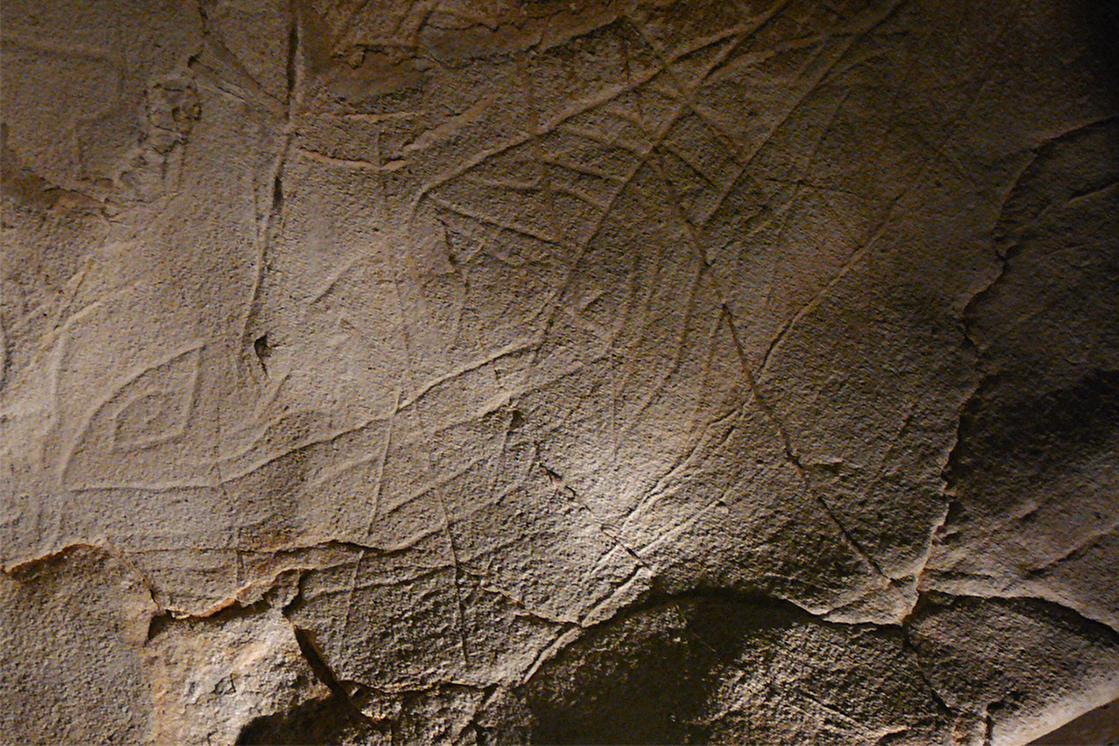
La Tune, a local term for a cave, is situated at 1400 metres altitude at the foot of the Varaime cliff.
Above the village of Boulc, the walls of this rock art cave contain a thousand or so symbols associated with the linear cave art of late prehistory.
This cave, used as a sheep fold from the Neolithic to the Bronze Age, contains six thousand years of our history.
Weekly visits are organised from Easter to All Saints Day, led by approved guides. The visits, by prior booking only, can be organised for groups or for individuals who join groups of 6 people minimum - 2h15 there and back. Book on 06 83 07 29 22.
La Charce château
A fine example of Renaissance architecture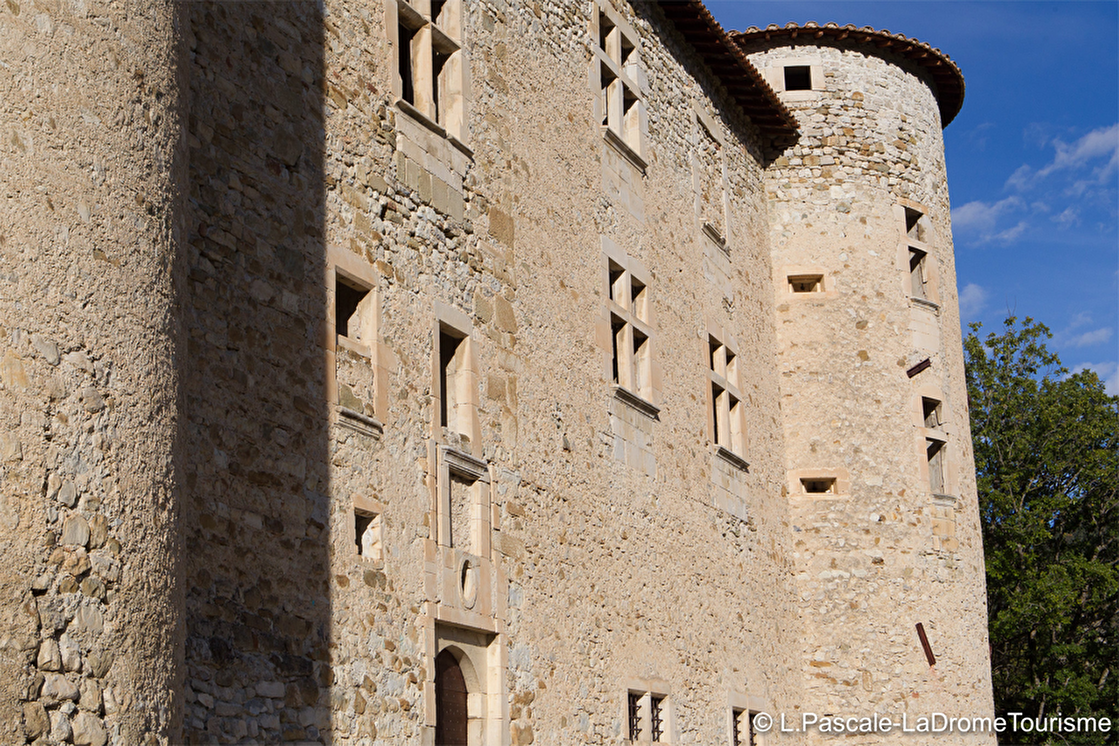
Built in the 16th century, flanked by two round towers and featuring mullion windows, the château is an imperfect rectangle whose defensive elements reflect the context of the Religious Wars: artillery ports in the towers, drawbridge protecting the entrance and only tiny openings on the ground floor.
The site can only be viewed from the exterior.
Châtillon-en-Diois town hall
An exceptionally well-preserved decorated facade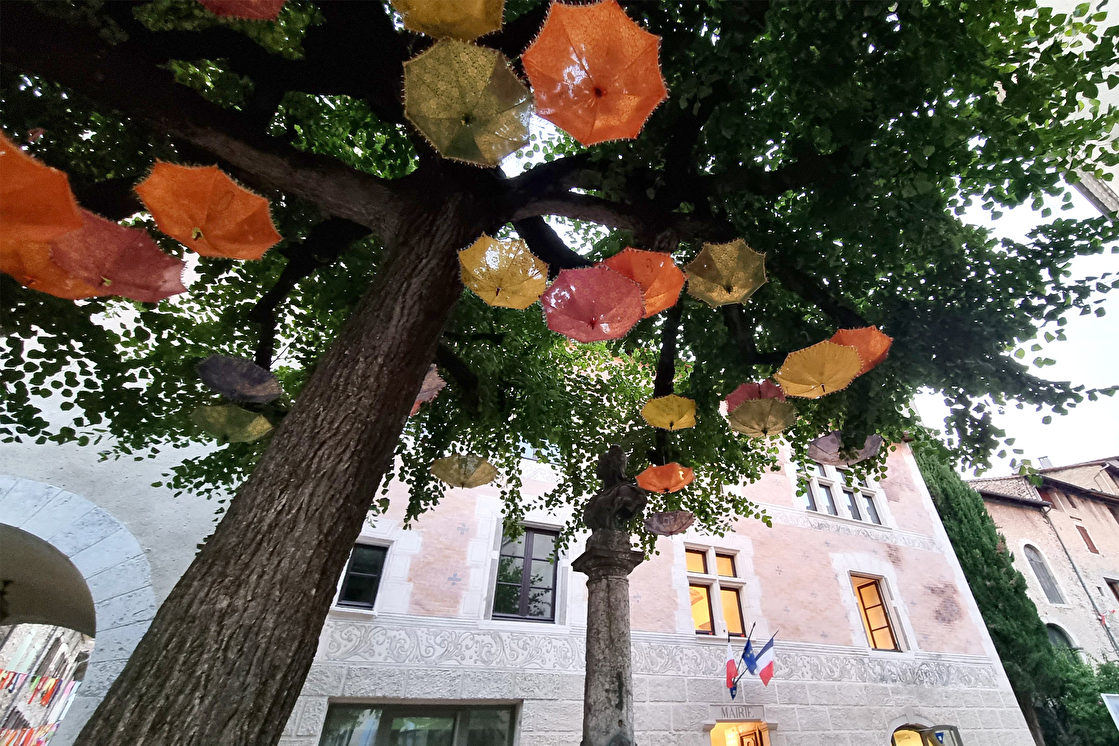
Built in the early 17th century, the town hall boasts two remarkable facades with painted stucco, probably dating from the original construction.
This decoration, featuring false courses of bricks with a string course and rinceaux is still visible today.
These mural decorations are outstanding for their dating, their conservation and composition.
Can only be viewed from the outside.
Valcroissant Abbey
Architectural sobriety at the foot of the Vercors cliffs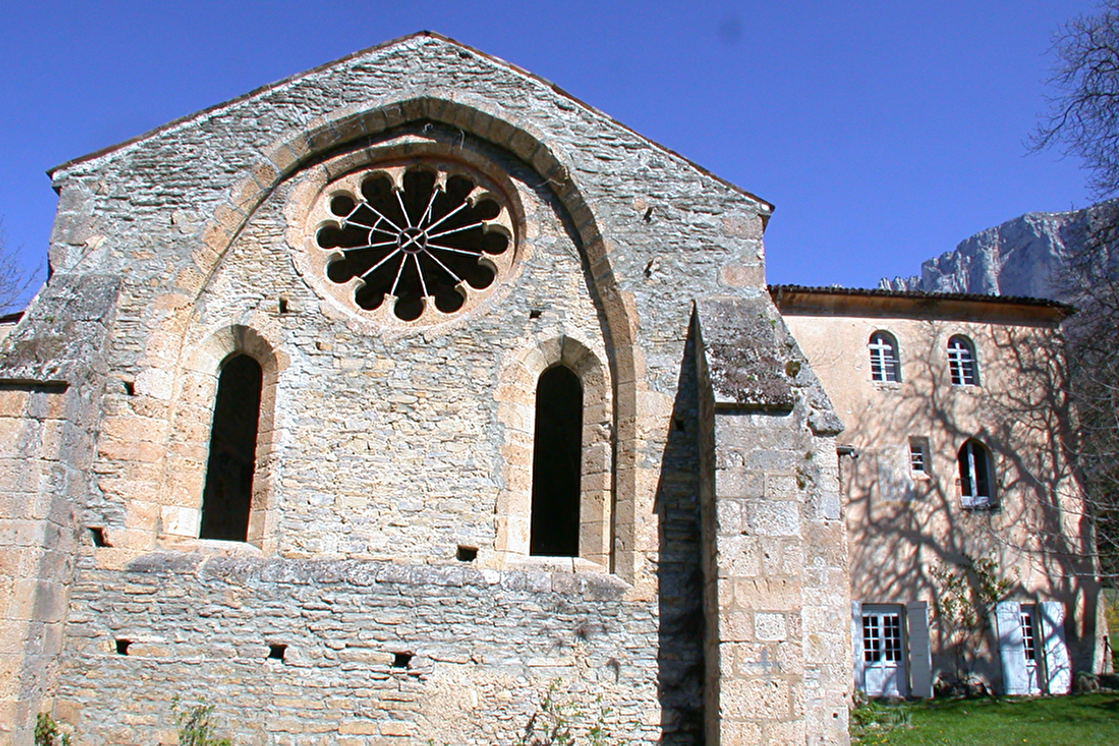
The ground plan of Cistercian monasteries, remarkable for their overall simplicity and the purity of their lines, remains apparent at Valcroissant despite the many alterations.
The abbey was founded in 1188 by monks from Bonnevaux and the building was finished in the first half of the 13th century, which explains the difference between the style of the church, influenced by southern Romanesque style, and the early Gothic refectory.
The monastery follows the traditional Bernard of Citeaux plan with a cloister at the centre, surrounded by the abbey church with four chapels, one of which was used as a sacristy, and other monastery buildings.
The size of the edifice is relatively modest as the abbey, only containing a dozen monks, never experienced much growth.
The site was slighted in the Religious Wars and became a farm – today also a gîte d’étape.
Glandage church
Richly decorated portal opening onto the Haut-Diois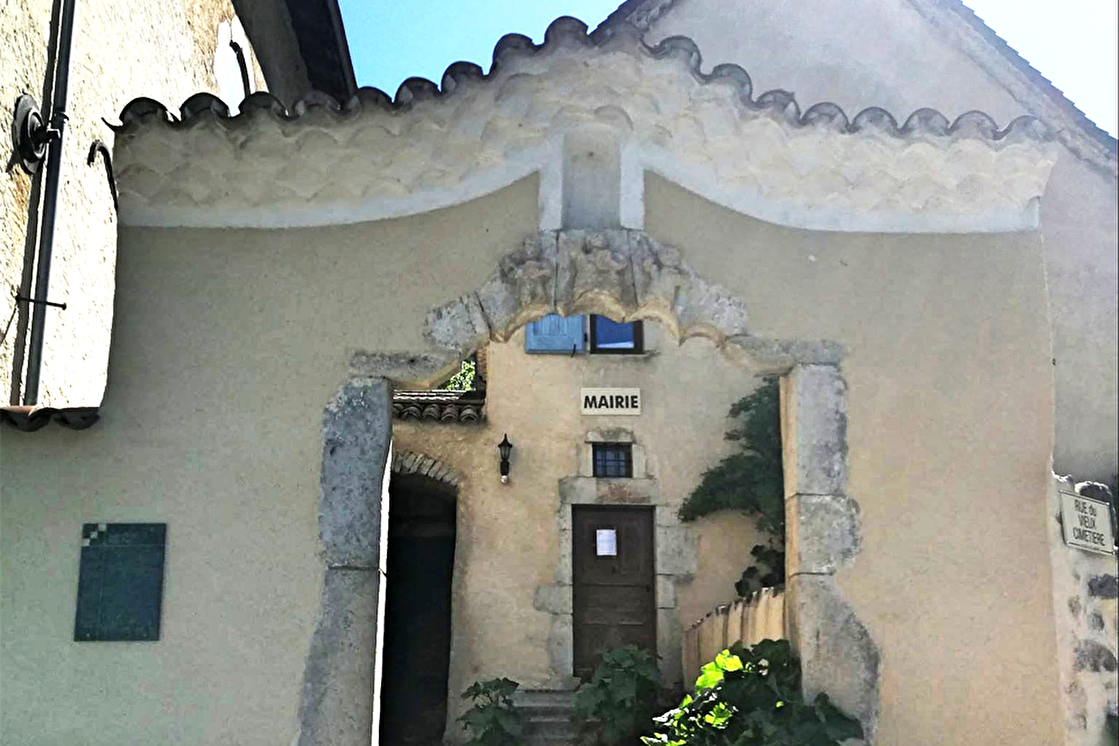
This little mountain village is dominated by the square bell tower of the 12th century Saint-Pierre-et-Saint-Paul church.
At the West end, the elevation is characterised by the reuse of a late Romanesque 13th century portal decorated with human heads.
Next to the church, the porch of the former 11th century priest’s house, today the mairie, also features reused sculpted stone.
Three individuals are represented: Saint Peter and Saint Paul together with their attributes: a key for the former and a sword for the latter.
At the centre, Christ in majesty holds a book and delivers a blessing.
Open access.
Die Roman walls
The only standing Roman monument in the Drôme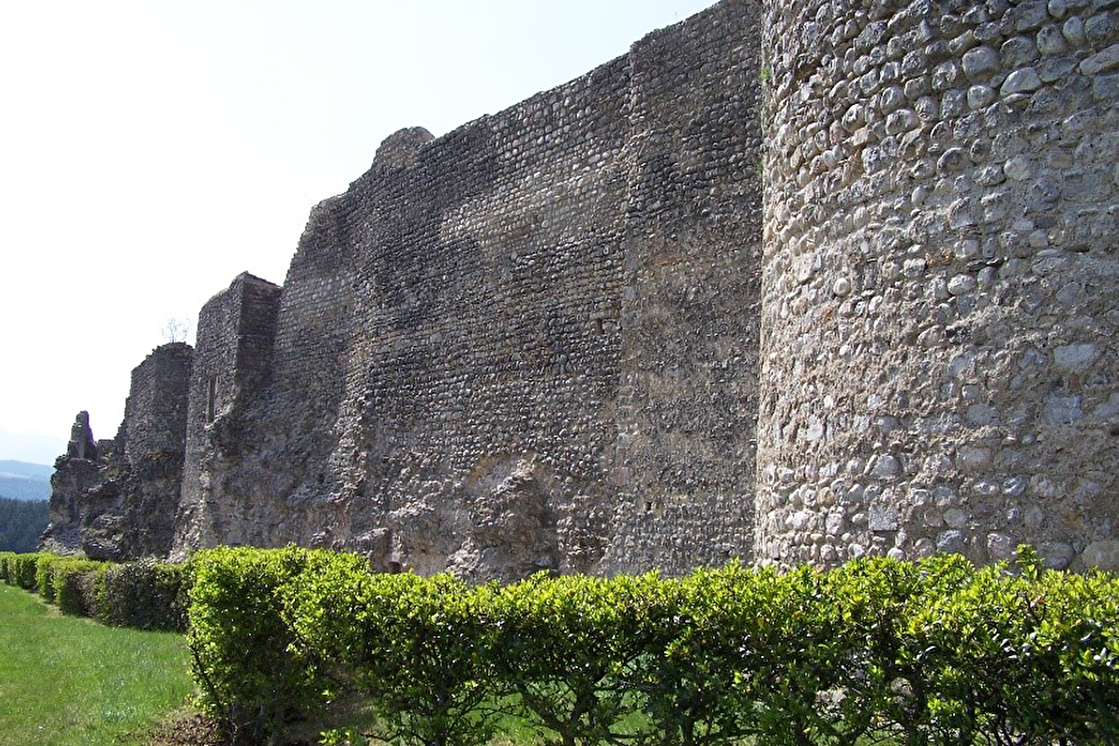
Following Germanic raids on Gaul at the end of the 3rd century AD, a rampart was built around Dea Augusta Vocontiorum.
The walls extend to two kilometres, with a thickness of 3.6 metres and a height of between 8 and 14 metres.
Around 60 towers were positioned around the circuit, one of which was very distinctive: its seven sides make it unique in the Roman world.
The Saint Marcel gateway in Die
Unique in the world for the early date of its decorated arch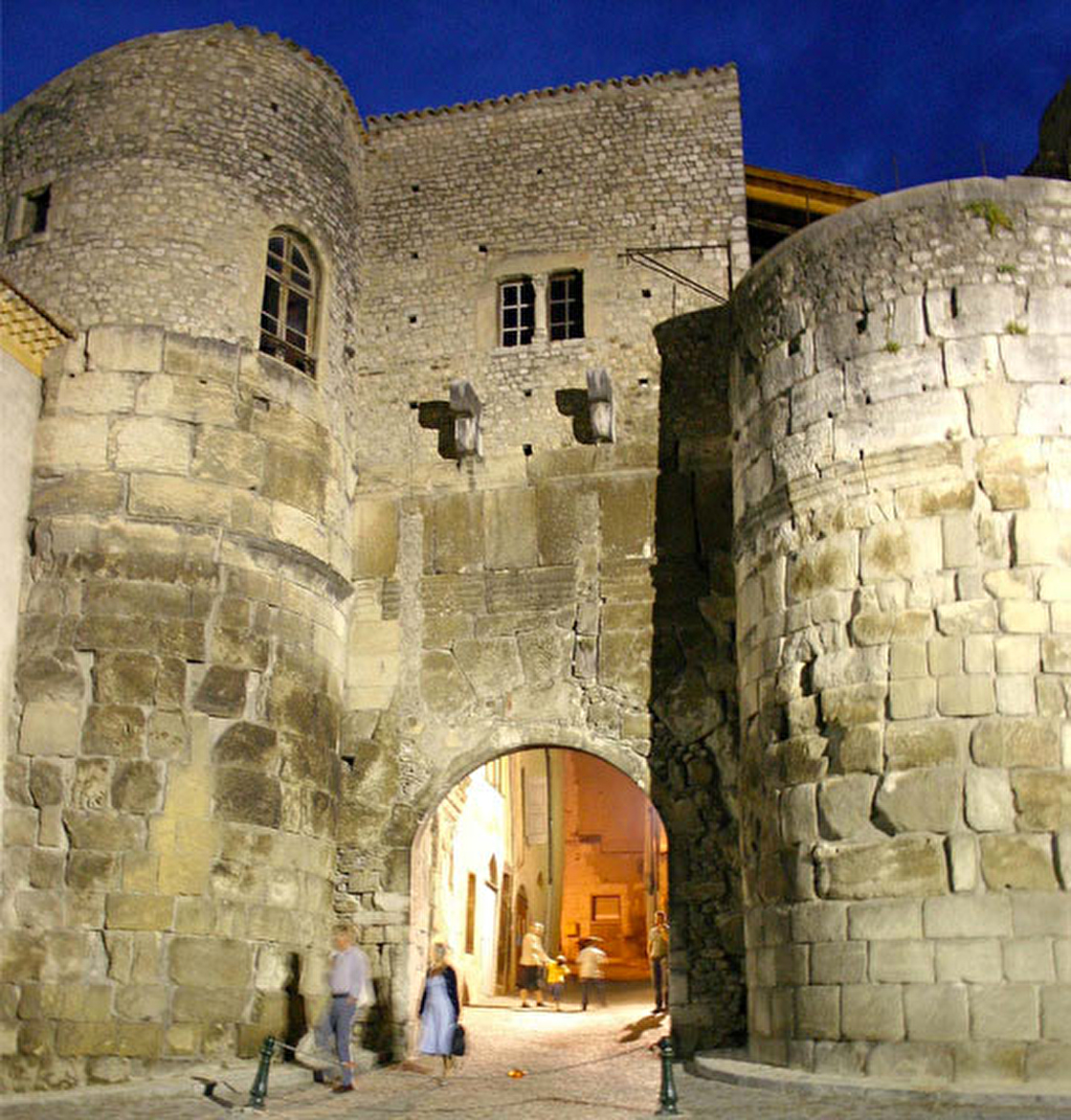
Built at the same time as the Roman walls, around 300 AD, it was no doubt first named « Alpine Gate” or “Italian Gate”, but a 5th century bishop was buried close by and the gateway has acquired his name.
The part turned towards the interior of the town incorporates the vault of a monumental 2nd century arch, which was dismantled, stone by stone, and inserted into the 4th century defences.
This arch is decorated with flower design medallions, bulls’ heads, marine centaurs and friezes representing a religious procession, and the goddess Cybele on her chariot drawn by lions.
Notre-Dame de Die Cathedral
Climb the bell tower which reaches up to the Glandasse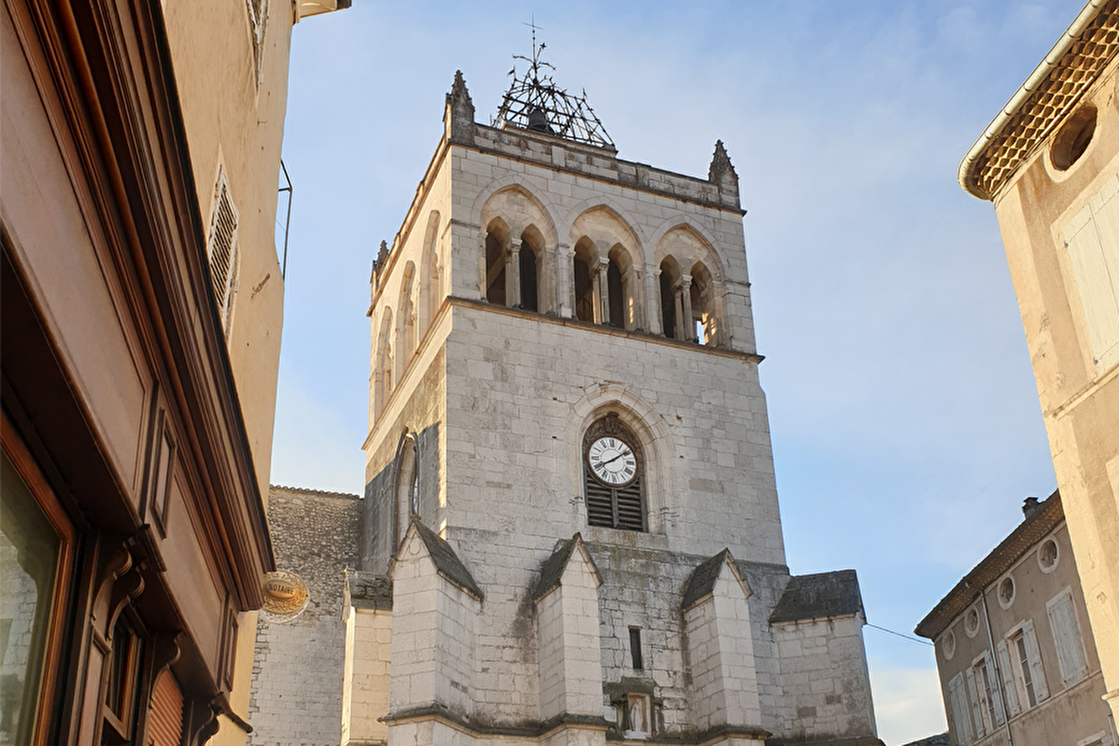
The original Notre-Dame de l’Assomption, 11th century cathedral, was demolished by Protestants and rebuilt in the 17th century.
The cathedral retains the original Romanesque bell tower porch with sculpted capitals representing the struggle between good and evil.
The tympanum treats a subject rare for the Romanesque period, the depiction of Christ crucified, in place of Christ glorious.
Download the visitor plan of Die
Ascending the bell tower is only possible on European Heritage Days.
The 4 rivers mosaic
An unresolved enigma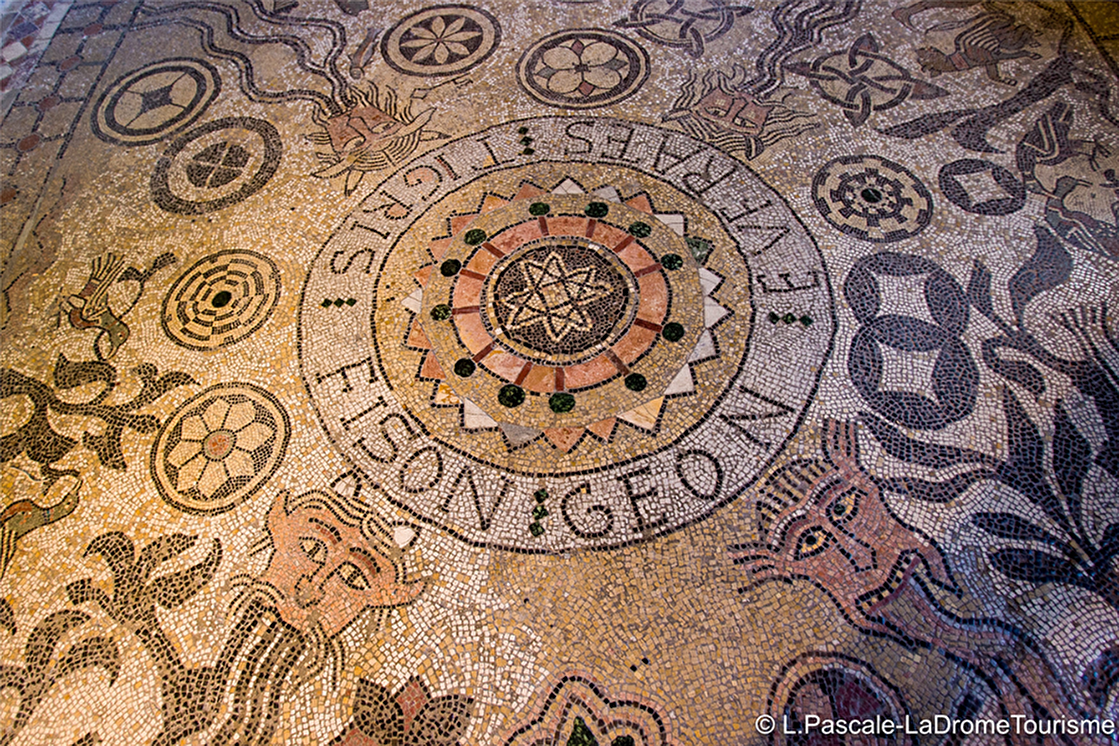
Inside the Saint Nicholas chapel in the Bishop’s Palace, this medieval mosaic is unusual.
Enigmatically, its four heads spew forth water from the four rivers of paradise and many symbolic elements deliver messages which are difficult to interpret.
The chapel is itself a rarity since it is the only chapel in France to retain 17th century painted wall paper and is hence listed for its decoration.
Printed using a stencil, the motifs repeat themselves and are distinguished by a profusion of animal and plant decoration.
On the facade of the Bishop’s Palace, a Roman altar in worked stone commemorates the bull sacrifices in honour of the goddess Cybele much revered by the Romans
Die Protestant church and its monumental doorway

The Protestant church in Die, a former 17th century Jesuit chapel was purchased by Die Protestants in 1827.
The massive edifice has retained a pulpit and Louis XIV style double opening doors. Both are listed.
Download the visitor plan of Die
Only visible from outside.


